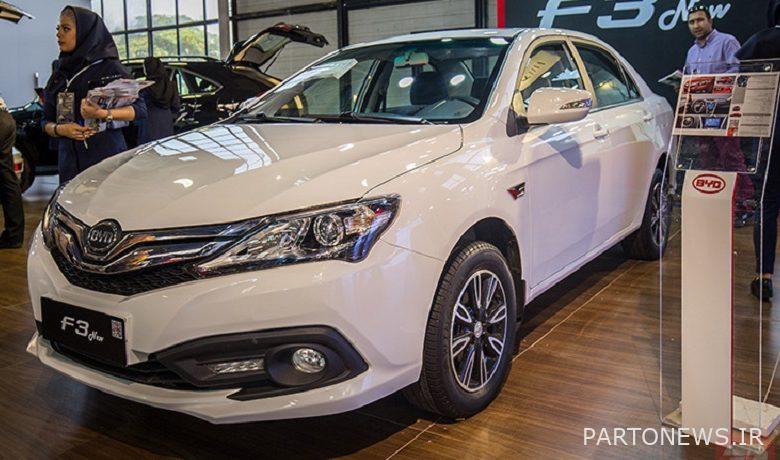Car import ban / price tag of Chinese automakers

According to Tejarat News, What blows has the import ban hit to the car market in the country?
Quoted from the world of economy, Chinese carmakers who once tightened their grip on Iran by dumping, have now, using import gaps and, of course, wrong domestic policies, become suppliers of luxury products at high prices, and there is no more news of cheap Chinese cars in the country’s market. Recently, one of the major private carmakers announced the price of one billion and 750 million tomans during the unveiling of its new product. Later, other cars were unveiled by other companies, which were also Chinese, and a price of over one billion tomans was considered for them. Meanwhile, the prices of some Chinese products suddenly rose below one billion.
These prices, however, have become so marginalized that even the Consumers and Producers Protection Organization intervened in the pricing of one of the automakers and prevented its sale. Although the action of the protection organization was to the taste of public opinion, many still did not like the government’s intervention in the price of privately owned cars. The government entered the price of the cars under the pretext of protecting the rights of consumers, but it seems that its own wrong policies have caused such pricing in Iran. The import ban, on the one hand, and the inattention to the domesticization of Chinese automakers in the country, on the other hand, as well as the lack of a suitable and specific strategy for the private automobile sector, are among the important factors that have changed the behavior of Chinese in the country’s auto market.
The government has always prepared as many plans and documents as possible for the big car manufacturers during these years, but it has never entered into a serious and tangible policy in the private sector of the car industry. Policy-making does not mean interfering in the internal affairs of private automakers, but rather defining a general strategy in which foreign companies hosting the sector are committed to technology transfer and internalization (if economically viable). Instead of entering this field, the government sometimes repeats the harmful and erroneous policy of orderly pricing in the private sector.
Transfer of Chinese car technology
The Chinese have been active in the Iranian car industry for many years, but have shown little interest in transferring technology and training the country’s component makers (unlike their government officials, who place a lot of emphasis on these issues in their own country). They have gone through all these years without any particular pressure on internalization and have been as stingy as possible in the transfer of technology and technology. The Chinese government, meanwhile, has its own strict policies on foreign companies, which in exchange for the market, require technology transfer and joint ventures with domestic automakers.
Another issue is the ban on car imports in Iran. In fact, the root of the huge prices that the Chinese are offering in the Iranian market these days must be sought in the weakness of competition. The Iranian car market has almost lost some of its previous competition over the past three and a half years due to the import ban, in order to open space for the price of domestic cars to fluctuate. In fact, private carmakers have raised prices by taking advantage of the vacuum in the presence of foreign products, and the government is repeating its wrong policies, such as price interference, instead of correcting the origin. However, it seems that as long as imports are banned, due to weak competition, there will still be room for Chinese prices to rise. Experts believe that when free car imports and foreign products hit the market, the Chinese will not only no longer have the current power to maneuver prices, but will certainly be forced to pull back from current prices. Although the Chinese have made great strides in the automotive industry over the years, the prices they have set for their products in the monopolized and monopoly market of Iran these days are still appealing to Iranian citizens. Comparing the prices of Chinese cars in Iran with their world prices shows that the Chinese sell the cars in question much more expensive in the Iranian market, and this is related to the lack of competition.
Therefore, it seems that if the government intends to reform this practice, it is better to change its policies at the source, instead of using coercive measures such as interfering in pricing, which has already passed its test. Lifting the import ban, determining the production strategy in the private sector and even extending it to Iran, Khodro and Saipa with the focus on the need to transfer technology and pay more attention to internalization (to some extent economically viable) forces the almonds to change behavior in the country’s car industry and market.

